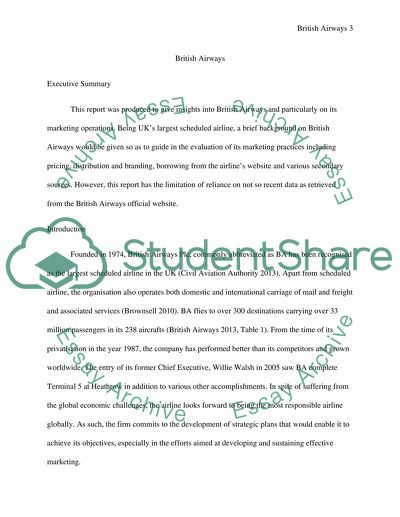Cite this document
(“British Airways Essay Example | Topics and Well Written Essays - 1250 words”, n.d.)
British Airways Essay Example | Topics and Well Written Essays - 1250 words. Retrieved from https://studentshare.org/marketing/1469933-british-airways
British Airways Essay Example | Topics and Well Written Essays - 1250 words. Retrieved from https://studentshare.org/marketing/1469933-british-airways
(British Airways Essay Example | Topics and Well Written Essays - 1250 Words)
British Airways Essay Example | Topics and Well Written Essays - 1250 Words. https://studentshare.org/marketing/1469933-british-airways.
British Airways Essay Example | Topics and Well Written Essays - 1250 Words. https://studentshare.org/marketing/1469933-british-airways.
“British Airways Essay Example | Topics and Well Written Essays - 1250 Words”, n.d. https://studentshare.org/marketing/1469933-british-airways.


